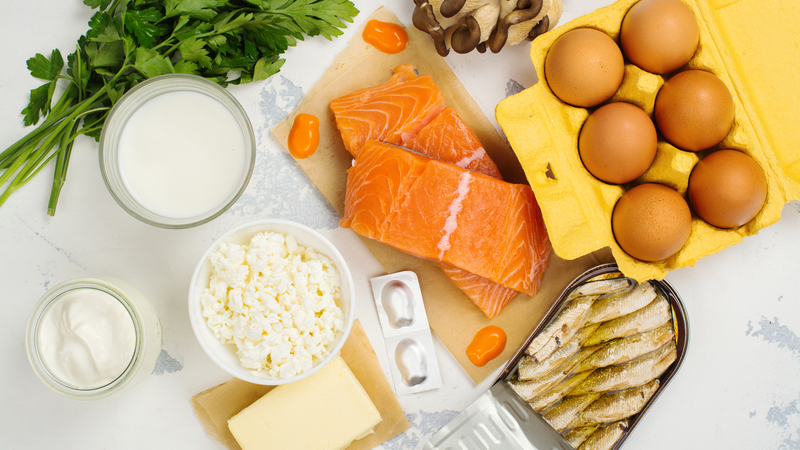Health: 4 Vital Nutrients You Need in Your Diet
Are you getting enough of them?

The newest dietary guidelines for Americans say that many Americans don’t get enough of four vital nutrients. Over time, a shortfall of these nutrients may affect different aspects of your health, from teeth and bones to your heart, gut, muscles, blood pressure, weight, and more.
What is a nutritional shortfall?
Nutritional advice can be confusing. Eat more of this, less of that. Make sure you get enough — but not too much. It’s no wonder many people have so-called nutritional shortfalls, where their diet lacks sufficient essential nutrients.
So, which nutrients do you really need and how much? And what key nutrients do most people lack?
The Dietary Guidelines for Americans 2020-2025 offers some insight. Updated every five years by the U.S. Department of Health and Human Services and the USDA, the report found many Americans are lacking in four vital nutrients: calcium, potassium, dietary fiber and vitamin D.
According to the guidelines, these four are “considered dietary components of public health concern for the general US population.” That’s government talk for: these nutrients help you stay healthy, and you probably should eat more of them.
Four nutrients you need — and where to find them
Here is a closer look at these four nutrients, how much you need, and some of the best sources, per the recent guidelines.
The specific daily amounts of each nutrient are based on the recommended daily calorie intake for adult men and women who don’t need to lose or gain weight. For example:
- Women ages 19 to 50 should aim for 1,800 to 2,000 daily calories, and women ages 51 and older 1,600 calories
- Men ages 19 to 50 should aim for 2,200 to 2,400 calories, and those ages 51 and older 2,000 calories.
Of course, specific calorie needs depend on the individual, but these figures offer a reasonable estimate.
Food is always the preferred source, as it gives you other essential vitamins and minerals needed for optimal health. However, if you have trouble eating the suggested foods, check with your doctor about whether supplements are an option.
Keep in mind that the listed portions for these foods are not recommended serving sizes. But they should help you get more of the fab four in your daily diet. (See this DGA resource page for a more detailed list of foods containing these nutrients.)
Calcium
How much: women: 1,000 to 1,200 milligrams (mg); men: 1,000 mg.
Where to find it? 8 ounces of plain, nonfat yogurt: 488 mg; 1 cup low-fat or soy milk: 301 to 305 mg; 1 cup cooked spinach: 245 mg; 1/2 cup tofu: 434 mg.
Potassium
How much: women: 2,600 mg; men: 3,400 mg.
Where to find it? 1 cup cooked lima beans: 969 mg; one medium baked potato with skin: 926 mg; 1 cup cooked acorn squash: 896 mg; 1 medium banana: 451 mg; 3 ounces skipjack tuna: 444 mg.
Dietary fiber
How much? women 22 to 28 mg; men: 28 to 34 mg.
Where to find it? 1 cup shredded wheat cereal: 6.2 mg; 3 cups popcorn: 5.8 mg; 1/2 cup navy or white cooked beans: 9.3 to 9.6 mg; 1 cup berries (raspberries, blackberries, blueberries): 6.2 mg to 8 mg.
Vitamin D
How much? women and men: 600 international units (IU).
Where to find it? 3 ounces salmon: 383 to 570 IU; 3 ounces canned light tuna: 231 IU; 1 cup unsweetened soy milk: 119 IU; 1 cup 1% milk: 117 IU; 8 ounces nonfat plain yogurt: 116 IU; 1 cup 100% fortified orange juice: 100 IU.
And for even more wellness tips, visit our health page!
Matthew Solan is executive editor at Harvard Men’s Health Watch. ©2021 Harvard University. For terms of use, please see https://www.health.harvard.edu/terms-of-use.
Distributed by Tribune Content Agency, LLC.


